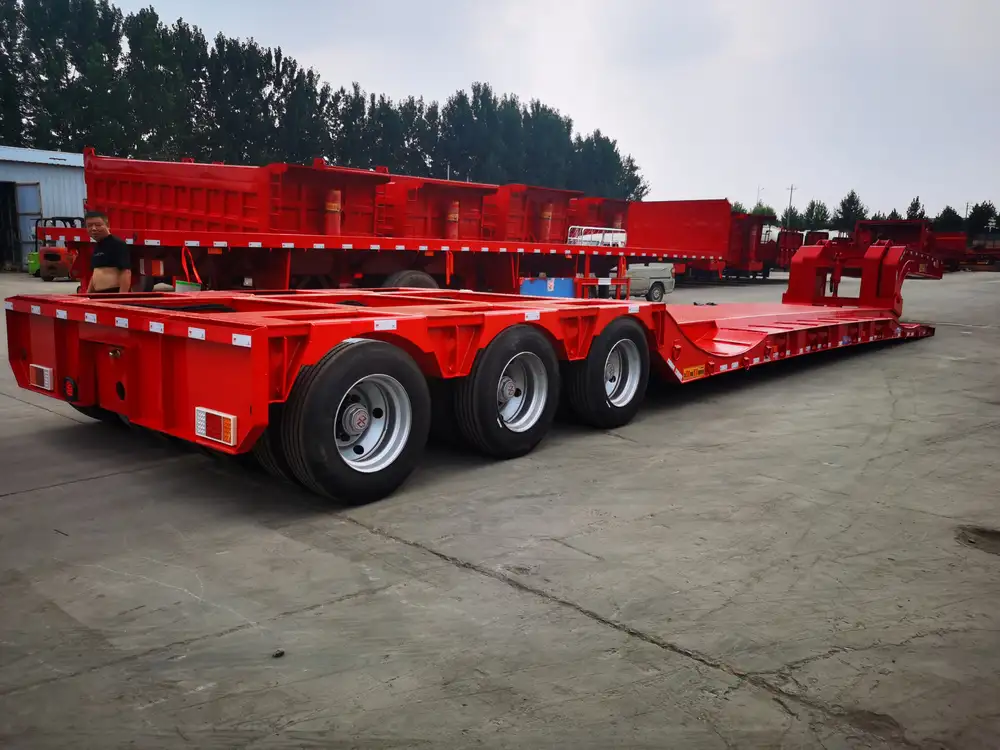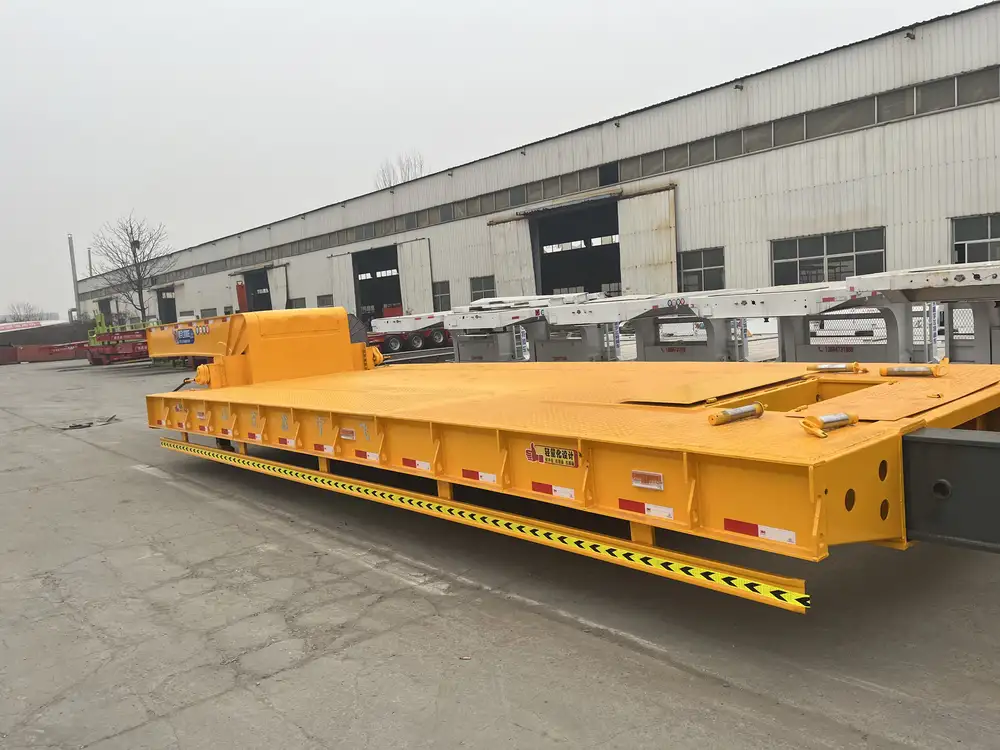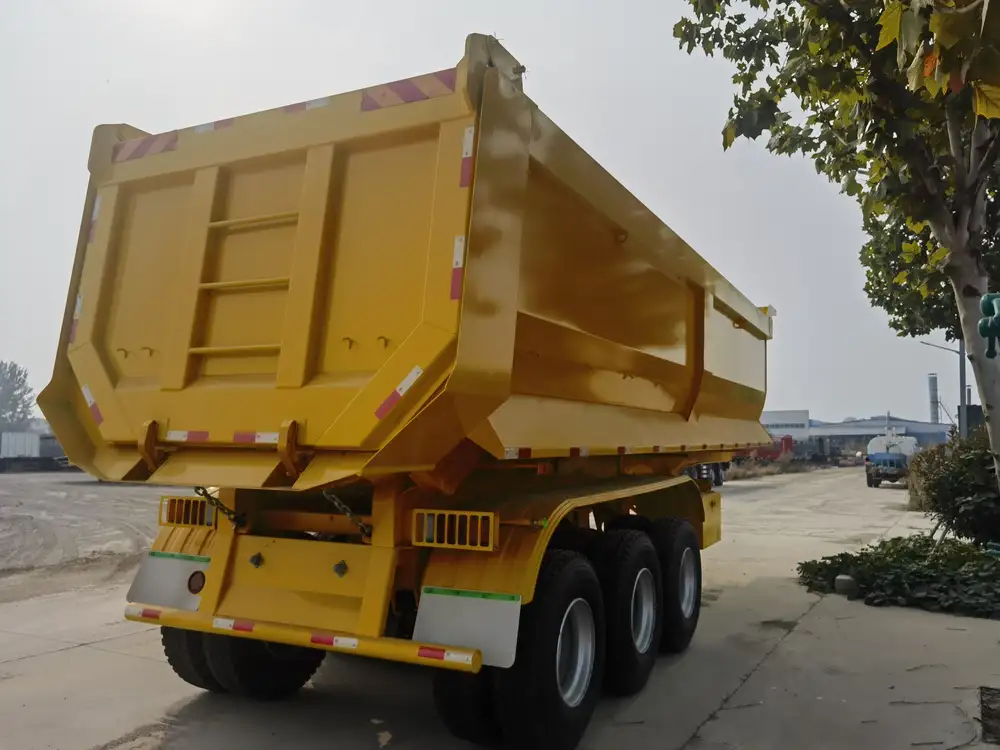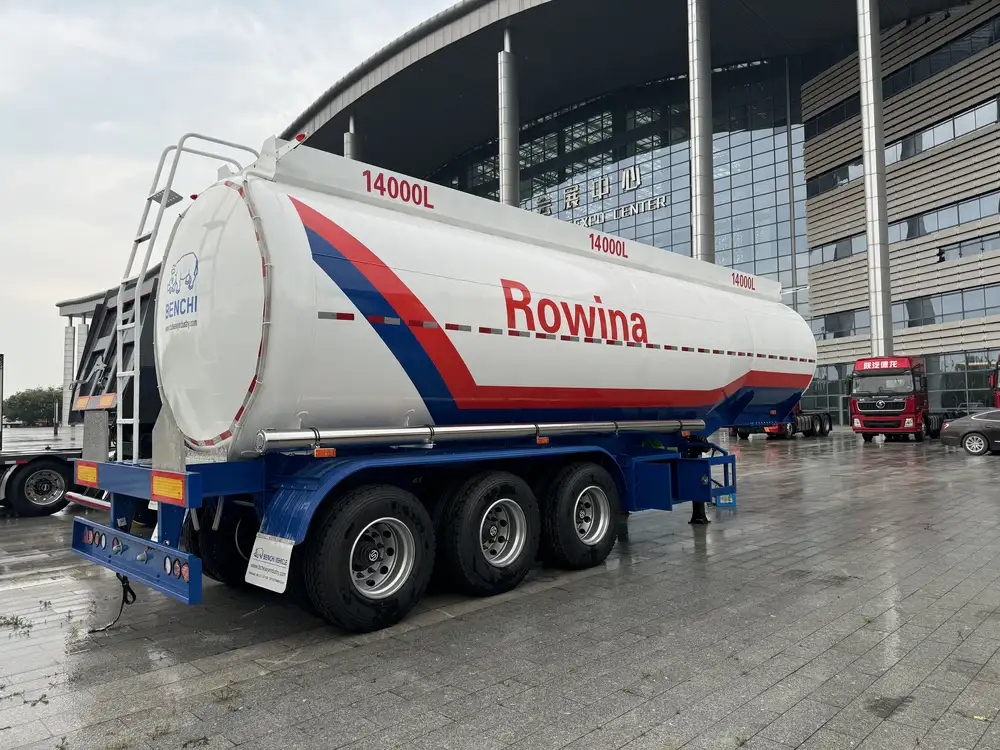When it comes to transportation in the agricultural and construction industries, understanding the capabilities of various equipment is paramount. One pressing question that arises among professionals and enthusiasts alike is: Can a dump trailer be effectively utilized to haul side steers? This inquiry delves into the suitability, mechanics, and logistics of employing dump trailers for such specialized hauling tasks. In this detailed guide, we will explore the characteristics of dump trailers, the nature of side steers, and the effectiveness of this combination, ensuring we leave no stone unturned.
Understanding Dump Trailers
What is a Dump Trailer?
A dump trailer is a versatile piece of equipment designed for transporting loose materials such as dirt, gravel, or debris. It features a hydraulic lift mechanism that allows the trailer bed to tilt and dump its contents. With various sizes and configurations, dump trailers provide flexibility for different types of loads and hauling requirements.

Key Features of Dump Trailers:
| Feature | Description |
|---|---|
| Loading Capacity | Typically ranges from 3,000 to 20,000 pounds, depending on design. |
| Hydraulic System | Facilitates easy loading and unloading through a tilting bed. |
| Construction | Usually built from durable steel or aluminum for heavy-duty use. |
| Trailer Type | Available in single axle, tandem axle, or tri-axle setups. |
Common Uses of Dump Trailers
Dump trailers are primarily used in construction, landscaping, and agricultural sectors. Their ability to transport bulk materials makes them invaluable for tasks such as:
- Construction Debris Disposal: Carrying waste materials from job sites.
- Soil and Gravel Transport: Hauling landscaping materials.
- Farming Equipment Transport: Moving feed, fertilizer, or other bulk agricultural supplies.
Exploring Side Steers

What are Side Steers?
When referring to “side steers,” we typically discuss livestock, particularly cattle that are raised for beef production. These animals can weigh anywhere from a few hundred to over a thousand pounds. Understanding their characteristics and needs is essential when contemplating transportation.
Characteristics of Side Steers:
- Weight: Adults can weigh between 600 to 1,200 pounds or more.
- Size: Significant dimensions require ample space during transport.
- Behavior: Side steers can exhibit stress during movement; thus, safe and stable transport is crucial.
Analyzing the Feasibility of Using Dump Trailers for Hauling Side Steers

Considerations for Hauling Side Steers
When contemplating the use of dump trailers for hauling side steers, several critical factors need to be evaluated:
1. Space and Size Requirements
Evaluation: Dump trailers often lack the necessary design suited for accommodating live animals. Unlike specialized livestock trailers, which provide proper spacing and ventilation, dump trailers may restrict movement, leading to stress or injury for the steers. It’s paramount to measure the dimensions of both the trailer and the animals to determine feasibility.
2. Safety and Stability
Evaluation: The construction of dump trailers, while robust for bulk materials, poses a risk when transporting live animals. The lack of barriers may lead to adverse situations if sudden stops or turns occur. The absence of secure enclosures to prevent the steers from escaping or causing injury is a significant concern.
| Considerations | Dump Trailer | Livestock Trailer |
|---|---|---|
| Design | Open, flat bed | Enclosed, secured |
| Ventilation | Limited | Optimized |
| Stability | Lower | Higher |
| Creature Comfort | Poor | Designed for comfort |

3. Regulatory Compliance
Evaluation: Transporting livestock is governed by various regulations to ensure animal welfare. This includes laws on how animals must be loaded, transported, and unloaded. Dump trailers may not meet these specifications, potentially leading to legal issues if steers are transported improperly.
Best Practices for Hauling Side Steers
If you still consider utilizing a dump trailer to transport side steers due to equipment availability, we recommend adhering to the following best practices to mitigate risks:
Secure the Environment:
- Carefully modify the trailer to create secure barriers on the sides and front. This helps contain the animals during transit.
Ensure Adequate Space:
- Verify the dimensions allow for ample space for each steer to stand comfortably, minimizing stress.
Optimize Ventilation:
- Ensure airflow is sufficient by adjusting the trailer’s design or transporting during cooler parts of the day.
Advance Your Knowledge on Regulations:
- Thoroughly research local and regional laws regarding livestock transport to remain compliant and ensure animal welfare.
Employ a Qualified Operator:
- Have an experienced driver manage the journey to handle any unforeseen circumstances, ensuring safety and control.
Alternatives to Dump Trailers for Hauling Side Steers
Given the extensive concerns raised regarding the use of dump trailers, it may be prudent to explore alternative trailer options. These alternatives include:

1. Livestock Trailers
Designed specifically for transporting animals, livestock trailers offer features tailored to their needs.
Advantages:
- Designed Safety Features: Includes ramps, sidewalls, and protective barriers.
- Ventilation Systems: Proper ventilation to ensure comfort during transport.
- Easier Loading and Unloading: Ramps allow for smoother transitions for the animals.
2. Gooseneck Trailers
With a design that extends over the truck bed, gooseneck trailers provide stability and capacity.

Advantages:
- Greater Payload: Enhanced capacity for larger loads.
- Improved Stability: Reduces the risk of swaying during travel.
- Versatile Design: Some models can be outfitted for livestock transport.
3. Stock Trailers
Similar to livestock trailers but often used for larger herds, stock trailers may be suitable for transporting steers on farms where size is advantageous.
Advantages:
- Large Capacity: Can accommodate multiple animals at once.
- Easy Access: Designed for easy entry and exit for the animals, which is critical during loading and unloading.

Conclusion: To Haul or Not to Haul with Dump Trailers?
While the inquiry into whether dump trailers can be utilized to haul side steers may deliver a semblance of versatility, the numerous challenges and risks associated with this method make it less than ideal. The safety of the livestock, the legal compliance associated with their transport, and the unavoidable stress that such an undertaking could impose on both the animals and the hauler highlight significant concerns.
Ultimately, investing in a proper livestock trailer designed for the humane and secure transport of side steers is the most effective and responsible decision. By utilizing the appropriate vehicle, stakeholders can ensure animal welfare, adhere to legal requirements, and optimize operational efficiency in their hauling endeavors.
Frequently Asked Questions (FAQs)
1. Can I transport steers in a standard open trailer?
No, standard open trailers lack the necessary features and barriers to safely transport livestock.

2. What are the essential features of a livestock trailer?
A livestock trailer should include secure walls, proper ventilation, loading ramps, and an appropriate configuration to accommodate the size and number of animals.
3. Are there weight limits for transporting livestock?
Yes, each state may have specific regulations regarding weight limits based on vehicle type, so it is advisable to check local laws to maintain compliance.
By evaluating the nuances of using dump trailers for hauling side steers, we aim to equip readers with the knowledge necessary to make well-informed decisions in their transportation needs. Placing emphasis on safety, comfort, and regulatory adherence ultimately leads to better practices in the complex realm of livestock management and transportation.



